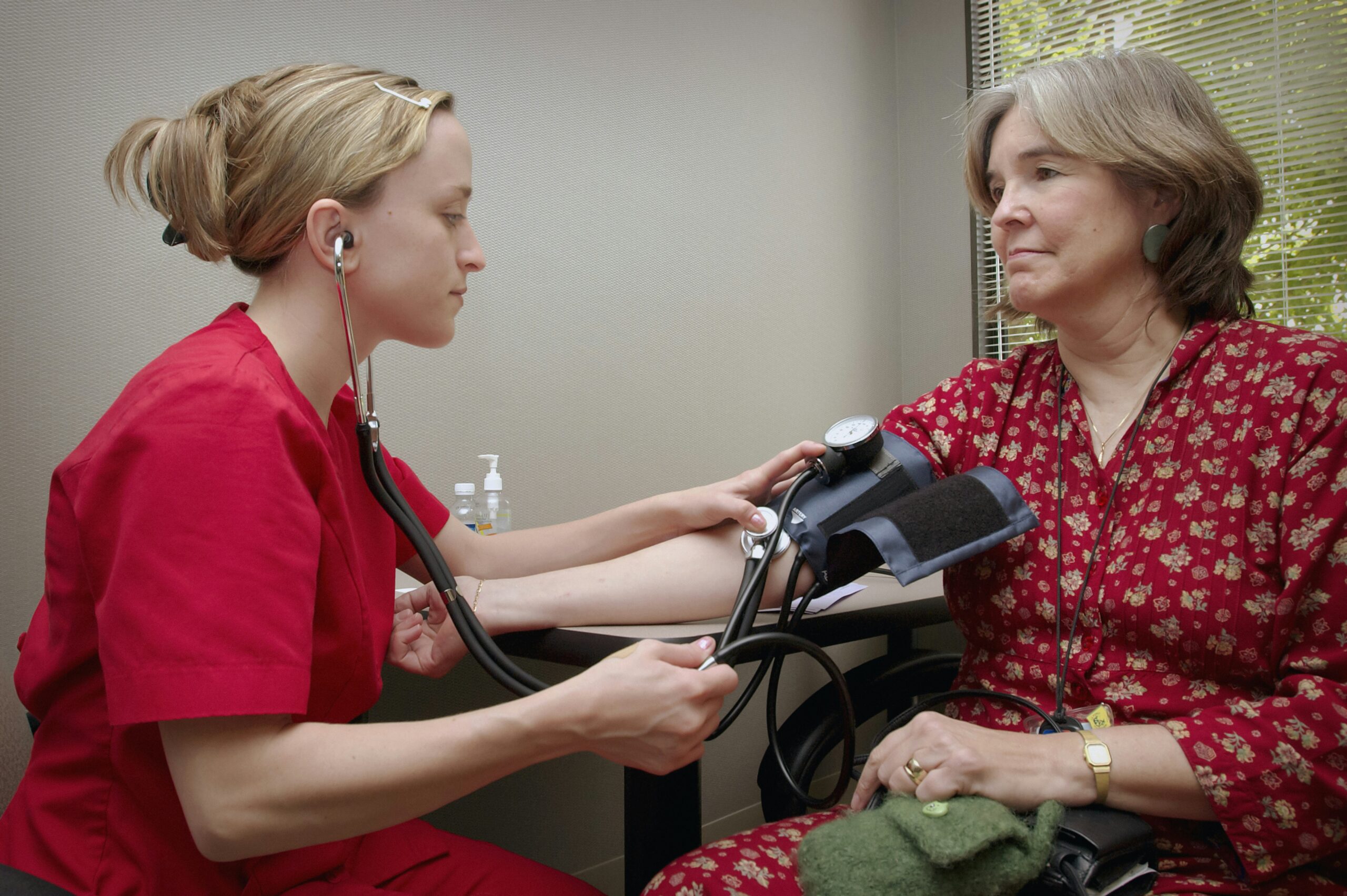Have you ever wondered if the prostate can be felt externally? Well, in this article, we will delve into the topic and explore whether it's possible to feel the prostate from the outside. Many people are curious about this, so let's not waste any more time and get straight to the facts!
Prostate 101: An Overview
The prostate gland is a vital part of the male reproductive system and plays a crucial role in maintaining overall male health. Located just below the bladder and surrounding the urethra, the prostate gland is responsible for producing seminal fluid, which helps nourish and protect sperm. Understanding the role of the prostate in male bodies is essential for ensuring optimal prostate health.
Understanding the role of the prostate in male bodies
The prostate gland serves multiple functions in the male body, including the production of seminal fluid, which acts as a medium for sperm transport and plays a vital role in fertility. Additionally, the prostate gland also helps regulate urine flow by surrounding the urethra, making it an important component of the urinary system.
Location of the prostate gland in humans
The prostate gland is situated just below the bladder and in front of the rectum. It is approximately the size of a walnut and has a shape that resembles a donut. Its positioning allows for the optimal function of the gland, as it is strategically situated to facilitate the proper flow of both urine and seminal fluid.
Examinations for Prostate Health
Regular examinations for prostate health are crucial for the early detection of potential issues and the overall maintenance of a healthy prostate. Two common examinations for prostate health include Digital Rectal Examination (DRE) and prostate biopsy. These examinations can help identify any abnormalities or signs of prostate diseases.

Digital Rectal Examination of Prostate (DRE)
A Digital Rectal Examination (DRE) is a diagnostic procedure where a healthcare professional inserts a lubricated, gloved finger into the rectum to assess the size, shape, and texture of the prostate gland. While it may seem uncomfortable or invasive, DRE is a standard procedure for evaluating the prostate's health.
What physicians are able to feel during the examination
During a DRE, physicians can assess the prostate's size, consistency, and any irregularities that may indicate potential issues. They can feel for any lumps or hard areas in the prostate, which could be signs of prostate enlargement or even cancer. The findings of a DRE help guide further investigations or treatments if required.
Transabdominal ultrasound – A non-invasive method to visualize the prostate
Transabdominal ultrasound is a non-invasive imaging technique that uses sound waves to create images of the prostate gland and surrounding structures. By placing a transducer on the abdomen, healthcare professionals can visualize the prostate and detect any abnormalities. This method is particularly useful for obtaining a detailed image of the prostate without the need for invasive procedures.
Importance of early detection in prostate health
Early detection of prostate issues is crucial for ensuring timely treatment and optimal outcomes. Regular screenings and examinations, such as DRE and transabdominal ultrasound, can help identify potential problems at an early stage when they are more easily treatable.

Other screening methods for prostate like PSA and MRI
In addition to DRE and transabdominal ultrasound, there are other screening methods available to assess prostate health. One such method is a Prostate-Specific Antigen (PSA) test, which measures the levels of PSA in the blood. Elevated PSA levels may indicate prostate abnormalities, although further diagnostic tests are necessary to determine the cause. Magnetic Resonance Imaging (MRI) is another advanced screening method that produces detailed images of the prostate, aiding in the detection and diagnosis of prostate diseases.
Physical symptoms associated with prostate issues
Prostate diseases can manifest in a variety of physical symptoms. Some common symptoms include frequent urination, urinary urgency or hesitancy, weak urine flow, blood in urine or semen, and pain or discomfort in the lower back, pelvis, or hips. It is essential to pay attention to these symptoms and promptly consult a healthcare professional for further evaluation if they occur.
How prostate diseases can affect urinary habits
Prostate diseases can significantly impact urinary habits. As the prostate gland surrounds the urethra, an enlarged prostate can cause urinary symptoms such as increased frequency, urgency, or difficulty initiating and maintaining urine flow. It is important to note that these symptoms may also be indicative of other conditions, so proper medical assessment is crucial for accurate diagnosis.
Known methods for external prostate stimulation
External prostate stimulation, also known as prostate massage, is a technique that involves applying gentle pressure to the perineum, the area located between the scrotum and anus. This method is believed to help relieve symptoms of certain prostate conditions, such as prostatitis or benign prostatic hyperplasia (BPH). However, it is important to consult a healthcare professional before attempting any form of external prostate manipulation.

Importance and effects of prostate massages
Prostate massages can potentially offer relief by improving blood circulation, promoting prostatic drainage, and reducing inflammation. It may also help relax the muscles surrounding the prostate and alleviate pain or discomfort. However, it is essential to approach external prostate stimulation with caution and only under the guidance of a healthcare professional.
The wrong belief that the prostate can be felt externally
There is a common misconception among men that the prostate can be felt externally. However, the prostate gland is situated internally, making it unable to be felt through external touch alone. While certain examinations like a DRE allow healthcare professionals to palpate the prostate's surface, it cannot be felt directly from the outside of the body.
Clarifying this common misconception among men
It is crucial to debunk the misconception that the prostate can be felt externally to ensure accurate understanding and prevention of potential issues. While some external manipulation techniques can indirectly affect the prostate, such as external prostate stimulation, it is important to differentiate between external genital manipulations and the actual prostate gland.
Types of imaging techniques used
Various imaging techniques are employed to aid in the diagnosis and detection of prostate diseases. Some common types of imaging methods include Transrectal Ultrasound (TRUS), Magnetic Resonance Imaging (MRI), and Computed Tomography (CT) scans. These techniques provide detailed images of the prostate and surrounding structures, helping healthcare professionals assess any abnormalities or signs of disease.
Benefits of imaging methods in diagnosing prostate diseases
Imaging methods play a crucial role in diagnosing prostate diseases as they provide detailed and accurate visualization of the prostate gland. These techniques help identify the size, shape, and any irregularities or growths that may indicate prostate conditions such as prostate cancer or benign prostatic hyperplasia (BPH). The use of imaging methods in conjunction with other diagnostic tests improves accuracy and aids in treatment planning.
New advances and researches on prostate detection techniques
Advances in technology have led to the development of new and innovative techniques for prostate detection and management. These advancements include the use of Artificial Intelligence (AI) algorithms to analyze imaging data, the development of multiparametric MRI for improved cancer detection, and the exploration of novel biomarkers for early diagnosis. Ongoing research and technological advancements continue to enhance prostate detection methods and improve patient outcomes.
The advantages these advancements bring towards prostate health
These advancements in prostate detection techniques provide numerous advantages in promoting prostate health. They allow for earlier detection of prostate diseases, improve the accuracy of diagnosis, and aid in treatment decision-making. By utilizing state-of-the-art technology and innovative approaches, healthcare professionals can provide better care and improve overall prostate health outcomes.
Importance of a healthy lifestyle for a healthy prostate
Maintaining a healthy lifestyle is crucial for maintaining prostate health. Certain lifestyle factors, such as diet and exercise, can directly impact prostate health and reduce the risk of developing prostate diseases. Adopting a healthy lifestyle can significantly contribute to overall prostate well-being.
Recommended diet and exercises for maintaining the health of the prostate
A well-balanced diet rich in fruits, vegetables, whole grains, and lean proteins is recommended for maintaining a healthy prostate. Certain nutrients, such as lycopene found in tomatoes, may have protective effects on the prostate. Regular exercise, such as aerobic activities and strength training, can also promote prostate health by reducing the risk of obesity and improving overall cardiovascular health.
In conclusion, understanding the role of the prostate gland and the importance of maintaining its health is essential for every man. Regular examinations, screenings, and a healthy lifestyle can contribute to early detection, proper management, and overall well-being. By staying informed and actively caring for your prostate, you can take proactive steps towards maintaining optimal prostate health.

